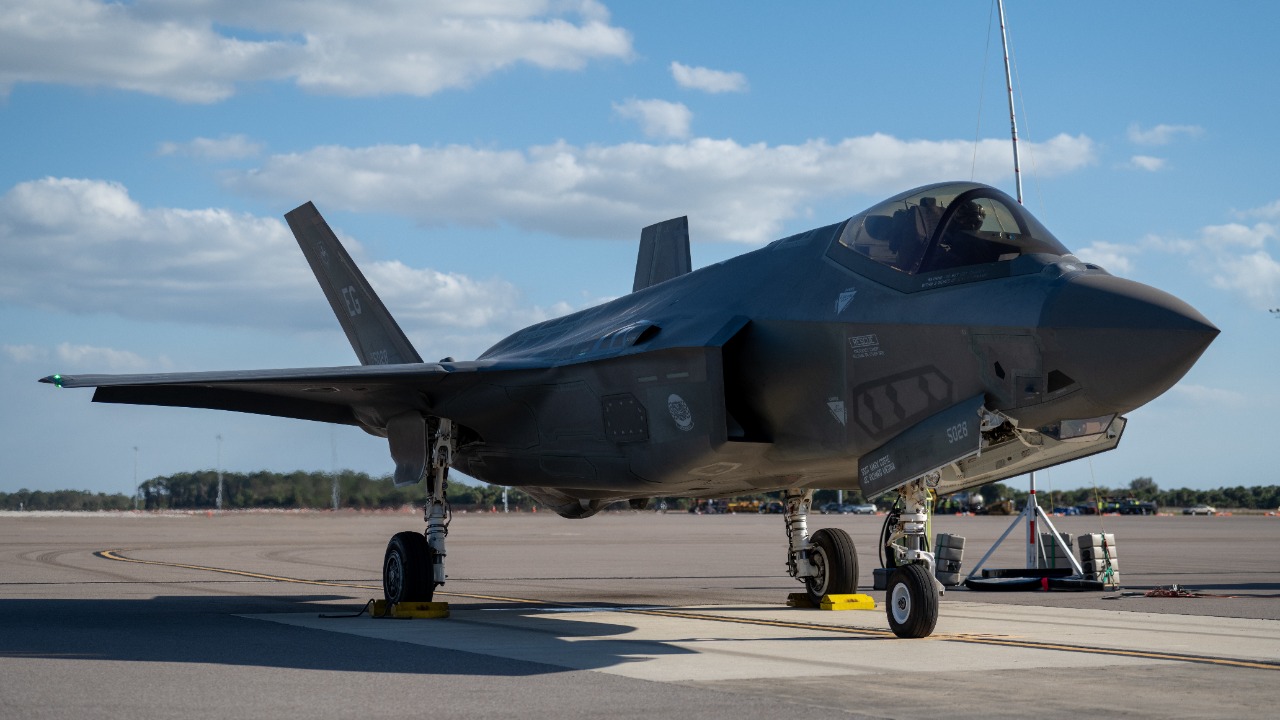
In the ever-evolving world of military aviation, staying ahead of the curve is crucial. Many of the United States’ allies are making strategic decisions to retire older fighter jet models in favor of newer, more advanced alternatives. This shift reflects the changing priorities and technological advancements in defense. Let’s take a closer look at five fighter jets that are being phased out.
F-4 Phantom II
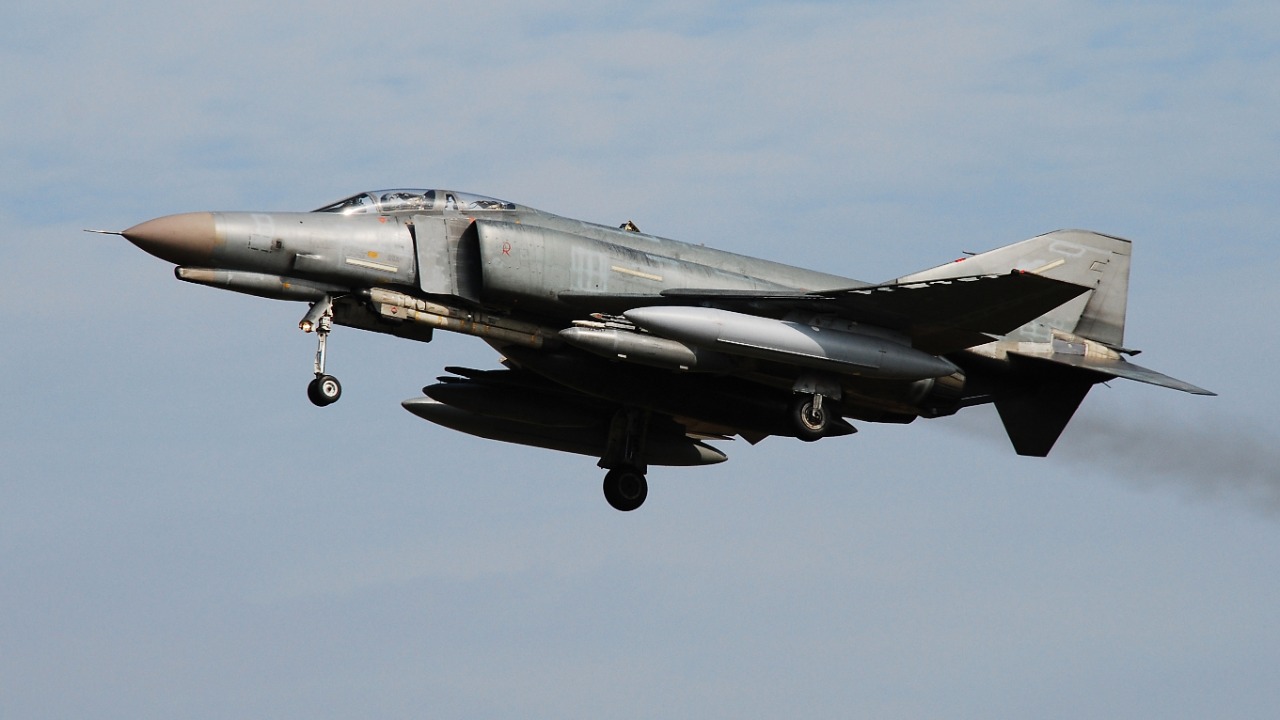
The F-4 Phantom II has been a stalwart of air forces worldwide since its introduction in the 1960s. Known for its versatility and power, it served in numerous conflicts, including the Vietnam War. However, with newer models offering enhanced capabilities, the F-4 is gradually being retired. Its age and the high cost of maintenance are significant factors in this decision.
Countries like Japan and Germany have already phased out their F-4s, opting for more modern aircraft like the F-35 and Eurofighter Typhoon. While the F-4 remains a symbol of Cold War-era air superiority, its retirement marks the end of an era. The shift away from the F-4 is part of a broader trend among NATO allies, as they consider alternatives to outdated models.
Tornado IDS

The Tornado IDS, developed by a consortium of European nations, has been a key player in NATO’s tactical strike capabilities. Designed for low-level penetration and interdiction missions, it first took to the skies in the late 1970s. Despite its robust performance, the Tornado is being gradually replaced by newer aircraft that offer stealth and advanced avionics.
The United Kingdom, a primary user of the Tornado, has transitioned to the F-35, which promises greater versatility and interoperability. This move is part of a larger trend, as nations evaluate their defense needs and discard older models in favor of cutting-edge technology. The Tornado’s retirement underscores the continuous evolution of military aviation.
Mirage 2000
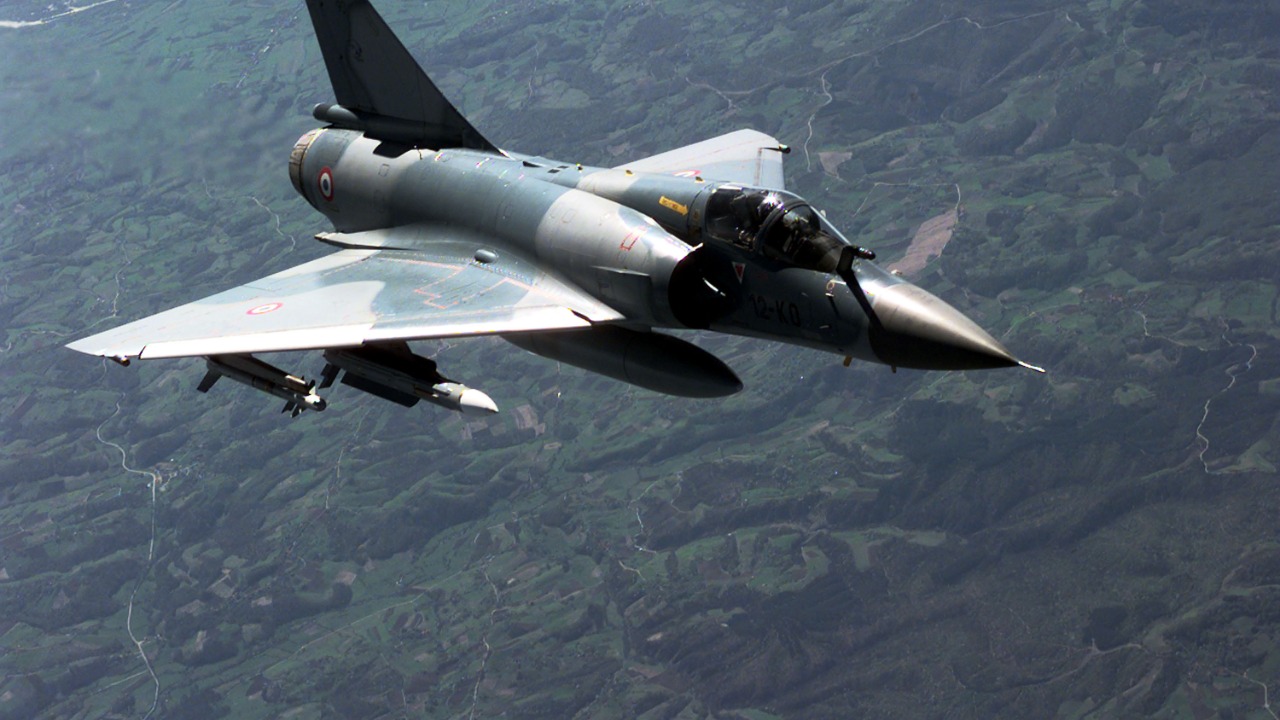
France’s Mirage 2000 has been a mainstay of its air force since the 1980s. Known for its delta-wing design and agility, it has served in numerous international missions. However, with the advent of the Rafale, the Mirage 2000’s role is diminishing. The Rafale offers superior capabilities, including stealth, advanced radar, and multi-role functionality.
As France and other operators transition to newer aircraft, the Mirage 2000’s days are numbered. This transition reflects broader strategic shifts as countries prioritize next-generation fighters. The decision to retire the Mirage 2000 aligns with a global trend towards upgrading military fleets to maintain competitive edge.
F-5 Tiger II
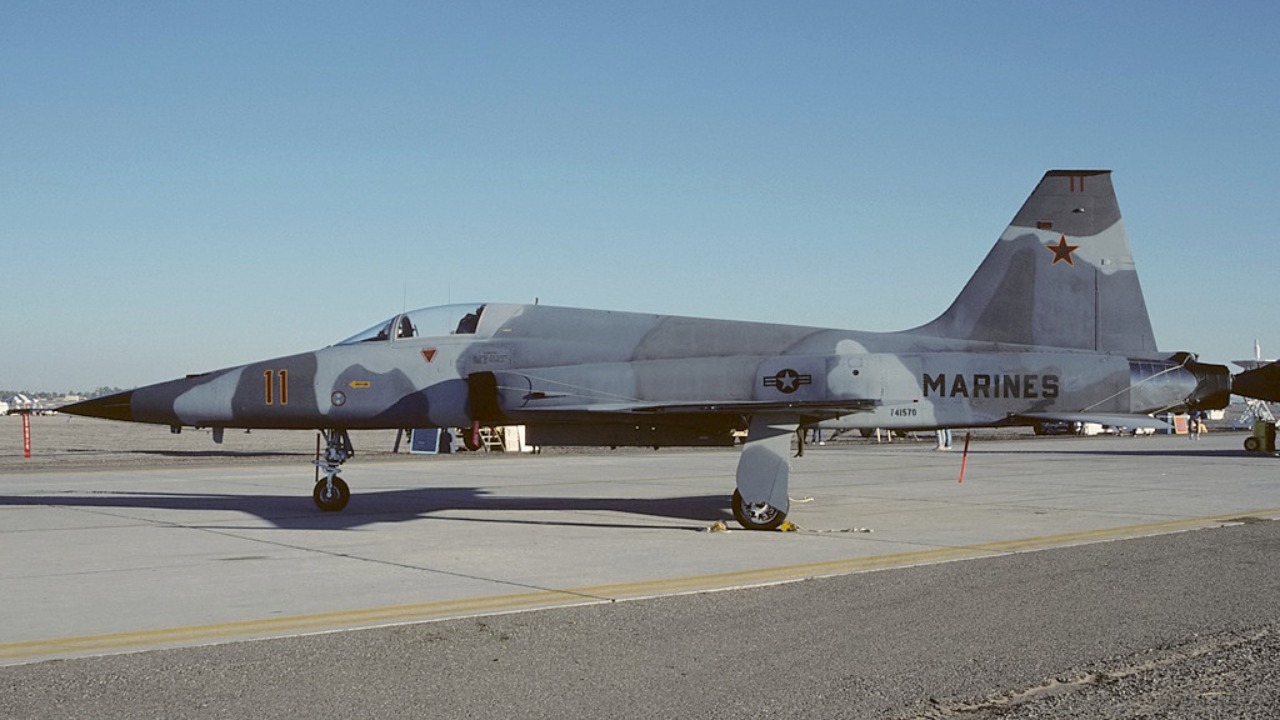
The F-5 Tiger II, a lightweight and affordable fighter, has been in service since the 1960s. Its simplicity and cost-effectiveness made it a popular choice for many smaller air forces. However, advancements in radar and weapons technology have rendered the F-5 increasingly obsolete in modern combat scenarios.
Countries like Switzerland and Brazil are moving away from the F-5 in favor of more advanced platforms such as the Gripen and F/A-18. This transition highlights the need for enhanced capabilities, including better avionics and stealth features. As the F-5 is phased out, it symbolizes a shift away from simplicity towards technological superiority in air combat.
AV-8B Harrier II
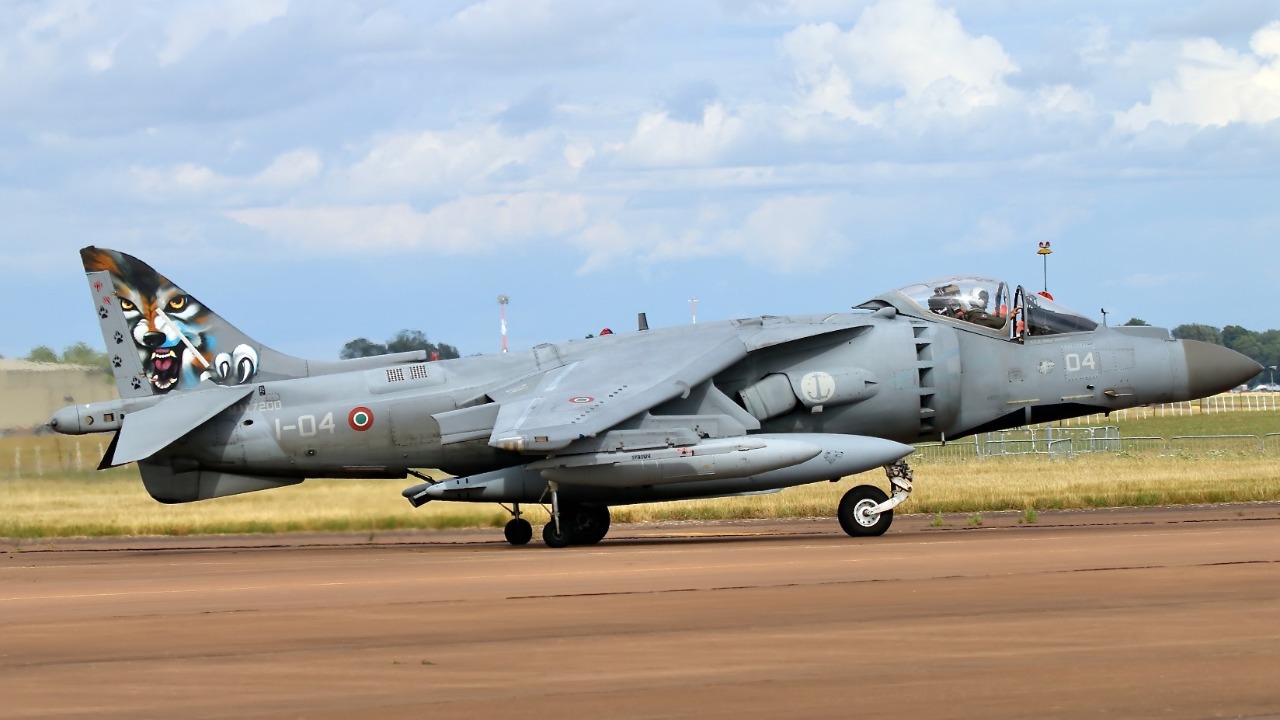
The AV-8B Harrier II, famous for its vertical takeoff and landing capabilities, has been an icon of innovation since the 1980s. It has played a pivotal role in various conflicts, providing ground support and reconnaissance. However, its unique design also comes with limitations, which newer aircraft have addressed.
The United States Marine Corps is retiring the Harrier in favor of the F-35B, which offers vertical takeoff capabilities with advanced stealth and sensor technology. This transition is part of a broader trend as the US reduces its acquisition of older models to focus on modern fleets. As the Harrier bids farewell, it leaves a legacy of pioneering aviation engineering.